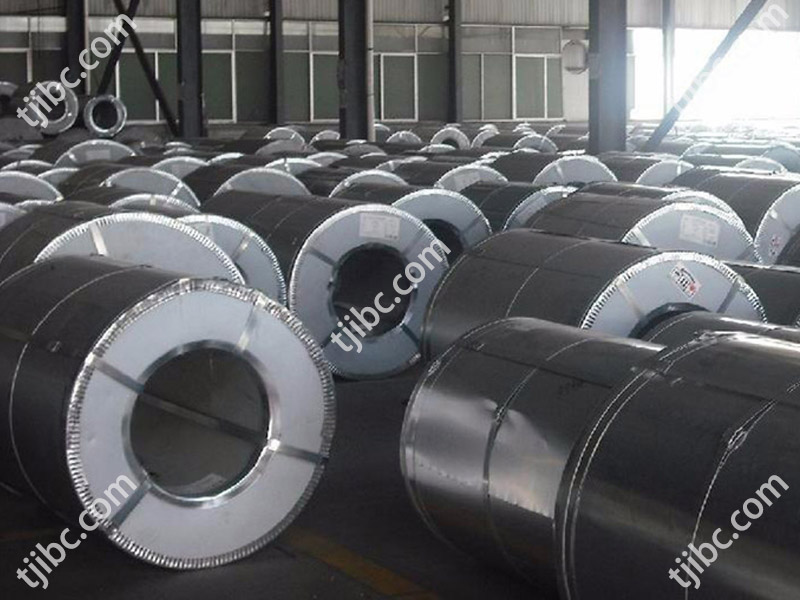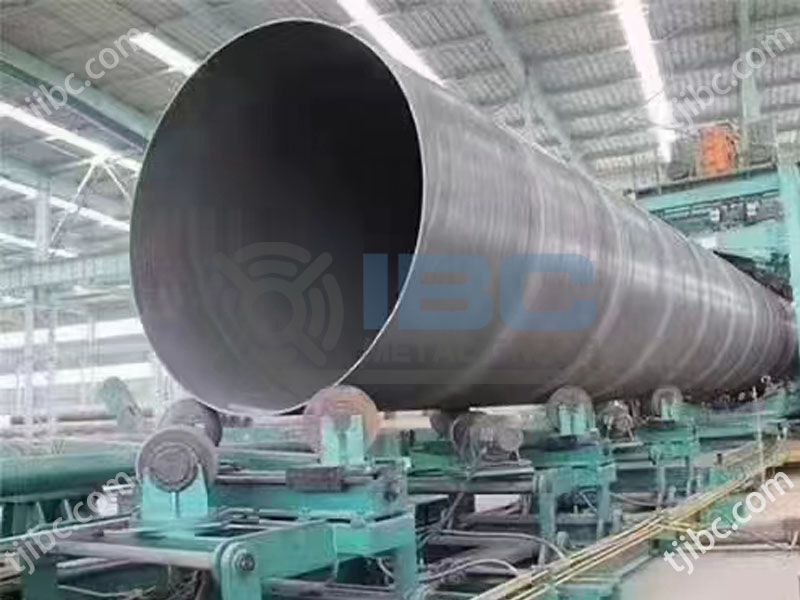What is the ralationship between steel pipe sizes and pressure ratings? Identifying steel pipes by size is supposedly straightforward since it only involves three measurements – diameter, thickness, and length. However, many people, especially laymen, are confused by the surprising technicalities involved.
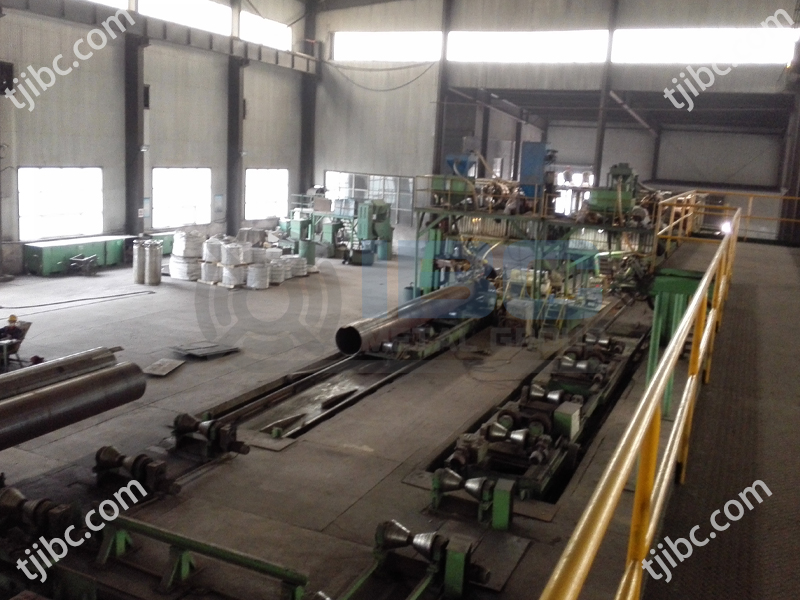
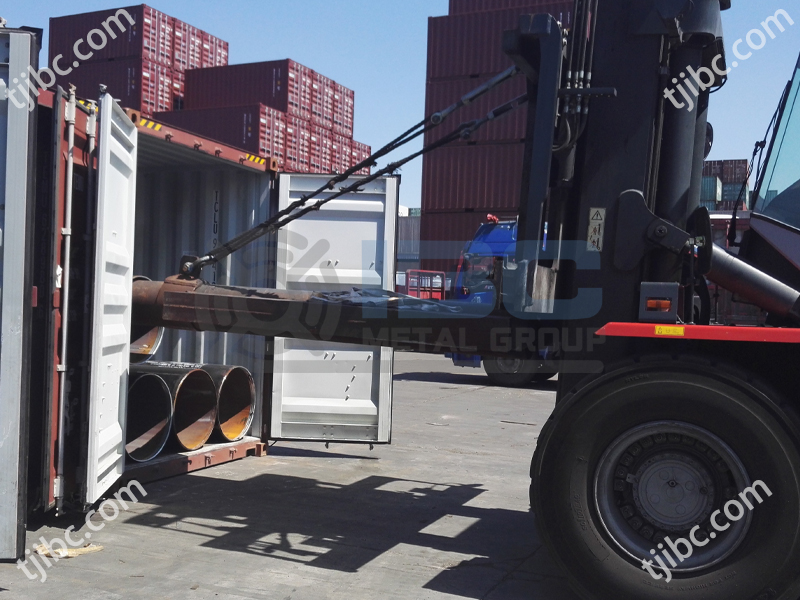
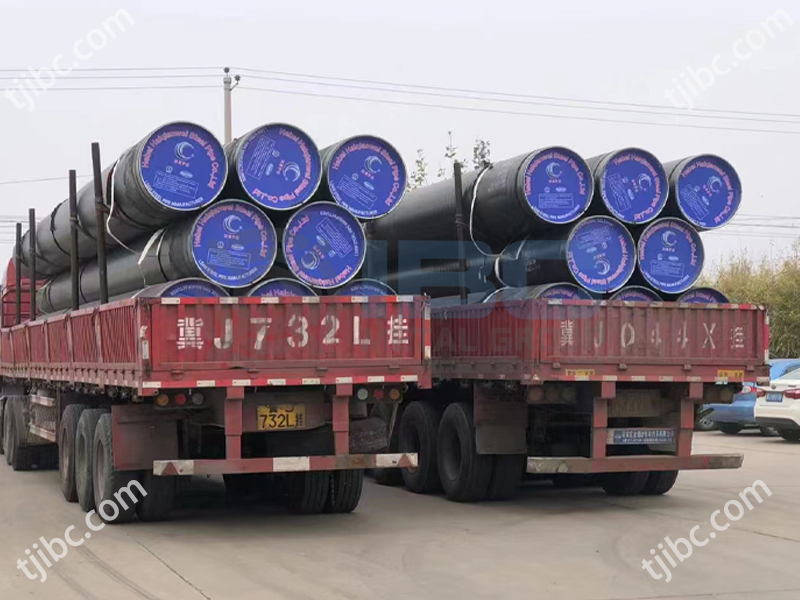
People are familiar with the Ø of a pipe, being the span of a straight line which runs through the core of its circumference. Yet, when speaking of “edge”, is it the edge on the exterior, inner or middle of the wall? Additionally, one needs to consider pipe thickness as well; traditionally expressed in mm or inches but often referenced by “schedule”. What does this mean for “schedule 20” or “schedule 40” for instance? Such ambiguities are commonly seen and even more could be expected when looking at different pipes sourced from various vendors.
Getting familiar with the terminology, as well as the underlying practices and patterns which determine how steel pipes in different industries are classified according to standards, is the key.
Terminologies
- NPS – is an abbreviation for Nominal Pipe Size, which is the term used to identify the diameter or size of a pipe. For example, NPS 2 means a 2-inches pipe.
- NB – stands for Nominal Bore. It is the same as NPS but commonly used in the USA to identify pipe size.
- DN – is a short cut for Nominal Diameter which is the International and European metric system equivalent of NPS or NB. To convert NPS to DN, simply multiply NPS number or value by 25 (since 1 inch is approximately 25mm). So to convert NPS 2 into DN, 2 x 25 = 50. Therefore, DN 50 is the equivalent of NPS 2 or NB 2 in the metric system.
- ID – means Inside Diameter. For process pipes, it is the circle that can be occupied by a medium – liquid or gas. It is obtained by taking the overall outside diameter of a pipe less twice the wall thickness (ID = OD – 2x thickness).
- OD – means Outside Diameter or the measurement of the outside edges of a pipe passing through its center
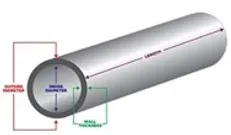
Manufacturing Standards
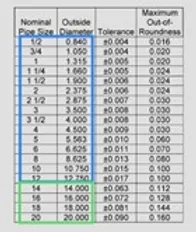
Pipes from NPS 1/8 (DN 6) to NPS 12 (DN 300) is based on fixed OD. While the wall thickness increases, the ID of the pipe decreases. So in this case, the NPS is somewhere in between the OD and ID. This means that for smaller pipe diameters, it is normal to obtain OD measurements which are larger than the NPS or size.
For pipes from NPS 14 (DN 350) and up, the OD is the same as the NPS. In this case, if the pipe is NPS 20, we expect an OD which is exactly 20 inches or 500mm.
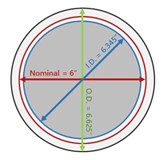
What is Pipe Schedule?
In pipe measurements, schedules are abbreviated as SCH or SCHED. Remember that it does not have any units such as millimeters or inches, which are commonly misunderstood. It is a numbering system inspired by Barlow’s formula and introduced by the American Society of Mechanical Engineers (ASME) to simplify the identification of pipe thicknesses.
By formula, Schedule Number = 1,000 x (P/S);
- P = working stress or service pressure in (psi)
- S = allowable stress in (psi)
According to ASME B63.10 and B63.19, standard pipe schedules are: 5, 10, 20, 30, 40, 60, 80, 100, 120, 140, 160, STD, XS, and XXS for carbon steel and wrought iron pipes; and 5s, 10s, 40s, and 80s for stainless steel pipes.
- STD = standard thickness (same as SCH 40S, and 40S is identical to 40 for NPS 1/8 to NPS10,inclusive)
- XS = Extra Strong (same as SCH 80S, and 80S is identical to 80 for NPS 1/8 to NPS 8, inclusive)
- XXS = Double Extra Strong (wall is thicker than schedule 160 from NPS 1/8 to NPS 6 inclusive, and schedule 160 is thicker than XXS wall for NPS 8 and larger)
- Above NPS 10 STD has a wall thickness of 3/8 in. (9.53 mm)
- Above NPS 8 XS has a wall thickness of ½ in. (12.5 mm)
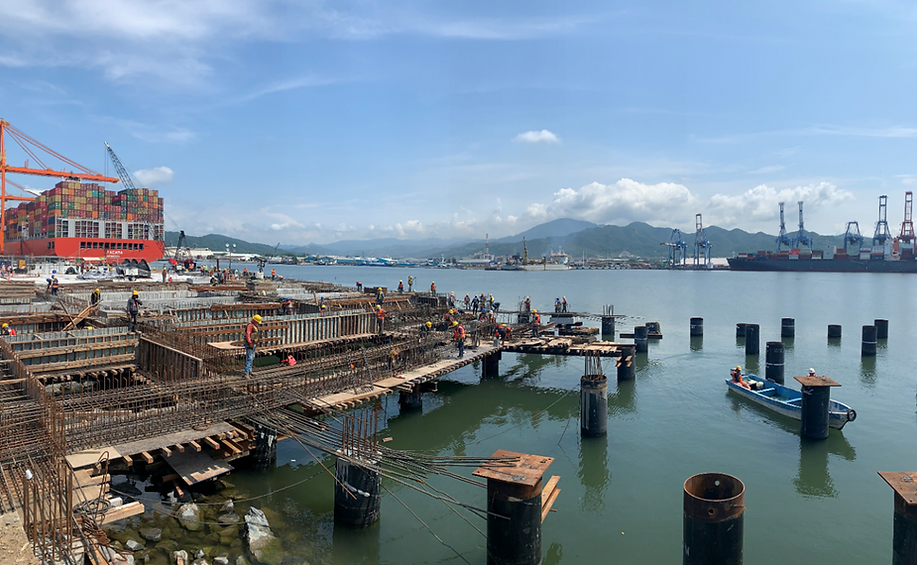
To understand this better, we consider a piping situation where P = 300 psi and S = 10,000 psi. Schedule Number = 1,000 x (300/10,000) = 30; this means that pipe schedule 30 is adequate for the design pressure or use schedule 40 for a conservative factor of safety.
Key Points To Remember Steel Pipe Sizes and Pressure Ratings
· Pipe schedule numbers are non-dimensional or has no unit. SCH 40 doesn’t mean the pipe is 40 millimeters or 40 inches in diameter. SCH 40 stainless steel pipe has a smaller wall thickness than a SCH 40 carbon steel pipe due to different superiority of the two steel pipes.
· Nominal pipe size only refers to the diameter of the pipe. A complete size specification should include the NPS, schedule or thickness, and length. Increasing the wall thickness of the pipe increases the mechanical strength of the pipe, allowing it to handle higher pressure ratings.
· For process pipes, internal diameter (ID) is given more importance because it is the parameter used for sizing calculations. The volume of liquid or gas passing through a process pipe depends on its internal diameter.
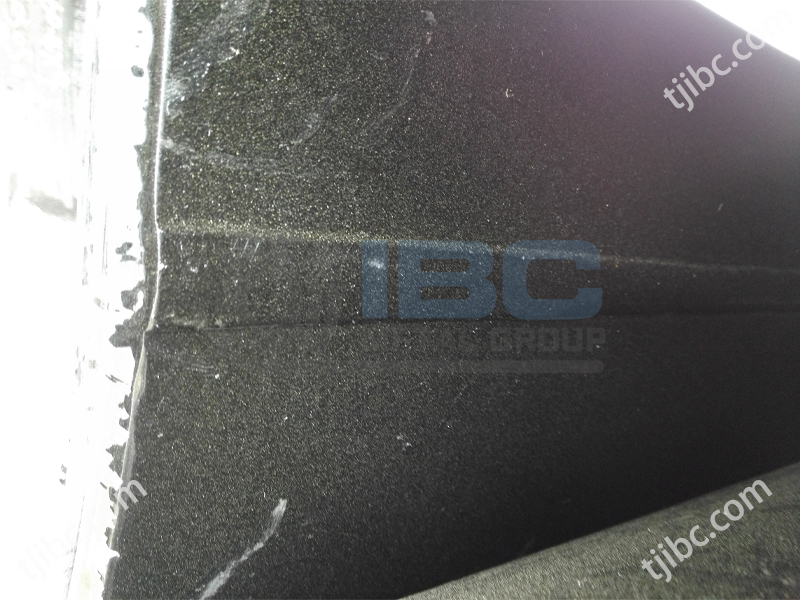
· For structural applications, the ability of pipe to resist loads and stresses is the most critical consideration. This is characterized by its pressure-bearing capacity. Schedule 40 is, of course, thicker than schedule 20; schedule 80 is thicker than schedule 40; and so on. Pipe dimensions – diameter, thickness, and length, has allowable tolerances as per standards. This means having minor discrepancies in the measurements IS NOT a ground for rejection.
Professional Assistance
As a result of LSAW, SSAW, and ERW pipe manufacturing processes, IBC Metal Group can provide steel pipes ranging in diameter from 21mm to 4,267mm, with thicknesses ranging from 2.1mm to 100mm. Thousands of tons of steel pipes have been provided by IBC around the world, mainly for construction and marine industries. Please contact us for your steel pipe requirements. Or contact with us for more information about Steel Pipe Sizes and Pressure Ratings. We design, produce, and deliver!
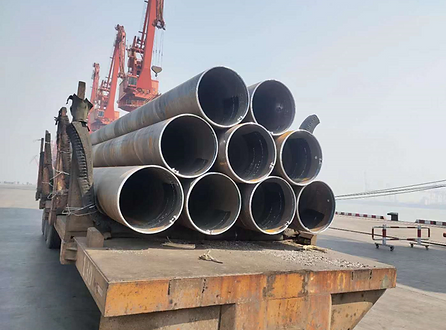
Contact with us today!

